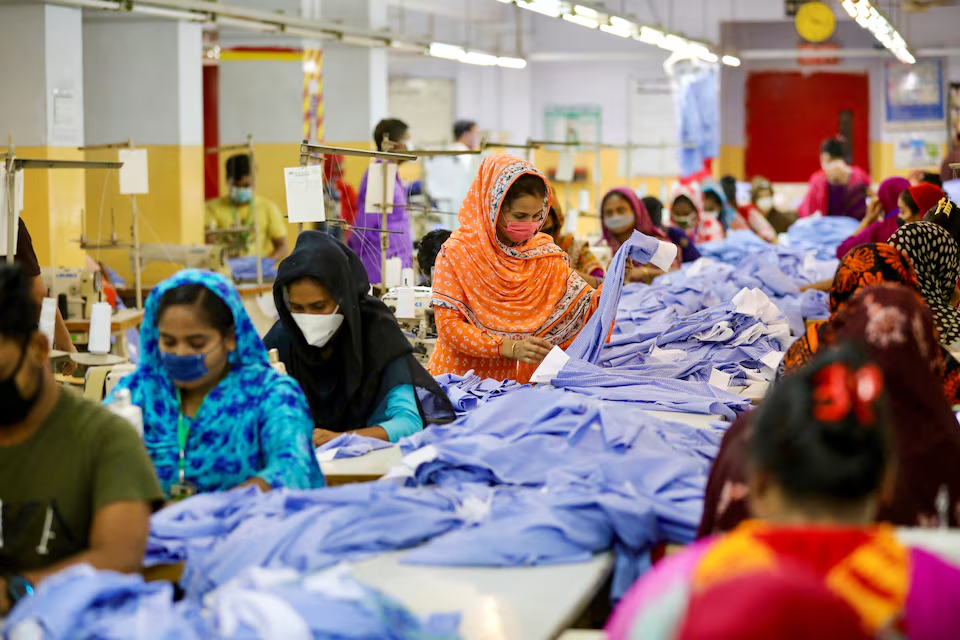The garment industry, a cornerstone of economic growth for many Asian countries, plays a pivotal role in supplying affordable clothing to consumer markets, particularly in the United States. This sector, often characterized by its rapid production and vast output of goods, is not only instrumental in shaping global fashion trends but also significantly impacts the economies of developing nations across Asia.
Countries like Bangladesh, Vietnam, and Cambodia, among others, have transformed their economic landscapes by leveraging their capacities in textile and garment production. This evolution has afforded millions a pathway out of poverty, offering employment and a steady income to a large segment of the population which previously had limited economic opportunities. As such, this industry is a vital component of their national economic framework.
The relationship between the U.S. and these Asian nations is symbiotic. American companies and consumers benefit from cost-effective clothing options, while the manufacturing countries enjoy the inflow of foreign funds and job creation. The allure of inexpensive labor and materials in these countries has encouraged many U.S. clothing companies to outsource production overseas, leading to an economic boom in these regions. The garment sector has grown to become these countries’ top export earner and a significant source of foreign exchange revenue.
However, the reliance on the garment industry also opens these economies to vulnerabilities. Shifts in global demand, trade restrictions, or economic downturns in client countries like the U.S. can have immediate and drastic effects on these nations’ economies. Additionally, the industry often faces criticism for labor practices, with concerns about low wages and poor working conditions persisting despite various reforms. International scrutiny and consumer advocacy in Western countries continue to pressure companies and governments alike to improve these standards, slowly leading to transformative changes within the industry.
Moreover, global economic developments, such as trade wars, tariffs, and the impact of international policies, also play significant roles in shaping the dynamics of the garment industry. For instance, changes in U.S. trade policies can significantly influence the flow of goods and profitability, directly affecting the livelihoods of millions who depend on this sector. The recent backlash against globalization and renewed calls for protecting domestic industries in developed countries, including the U.S., point towards potential challenges that could disrupt these Asian markets.
The sustainability of the garment industry is another growing concern. As consumers become more environmentally conscious, there is a rising demand for sustainable and ethically produced garments. This shift challenges the industry to innovate and adapt to eco-friendly practices without compromising cost efficiency, which remains a significant competitive edge for these Asian nations. Efforts to incorporate sustainable practices across the production chain, from raw materials to waste management, are increasing, albeit gradually.
Looking forward, it is clear that for Asia’s garment industry to maintain its growth trajectory and crucial role in the global market, it will have to navigate increasing economic, social, and environmental challenges. Innovations in sustainable production methods, improved labor standards, and adaptability to global economic climates are necessary. Thus, while the low-cost clothing sector remains a backbone for many developing Asian economies, its future will likely depend on how effectively it can evolve in response to changing global conditions and pressures, ensuring mutual benefit for both suppliers in Asia and consumers in the United States.










